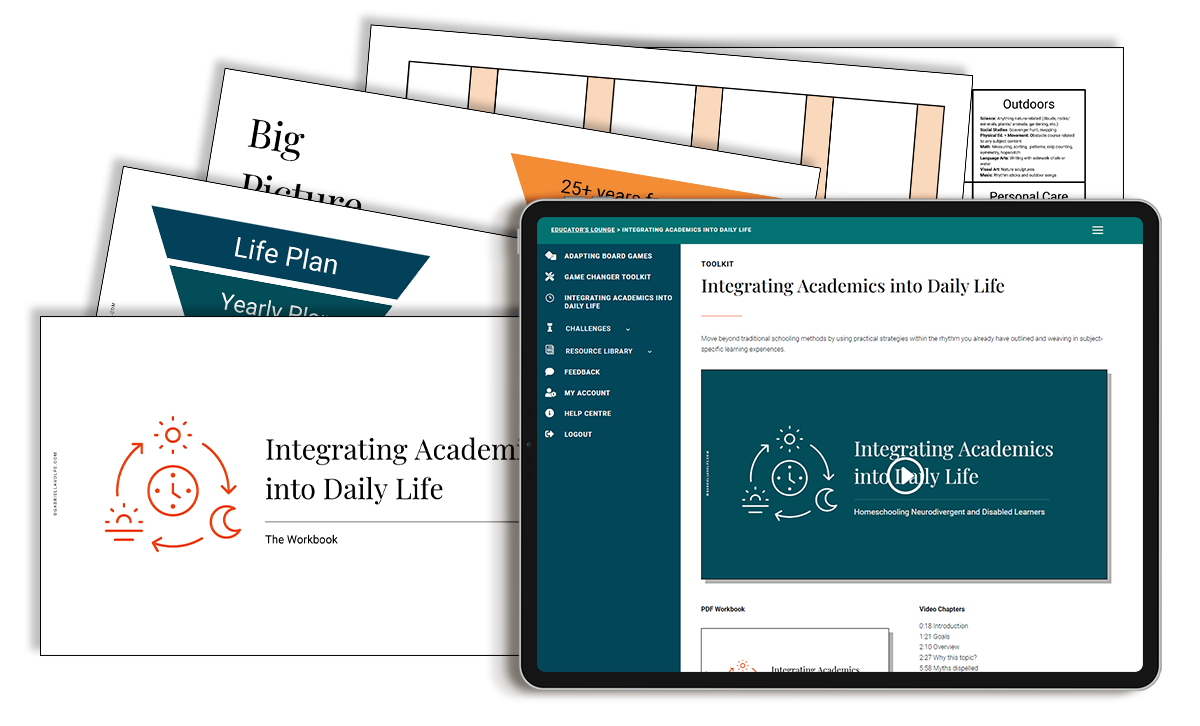Before you go
Let’s stay connected
I’ll send you anecdotes, resources, and opinions regarding education, accessibility, and disability justice.
"*" indicates required fields
We want to do better. We’ll be more organized. We’ll do all the things, and all the strategies, and all the rehabilitation activities, and join all the groups.
Instead, I invite you to take a deep breath.
Each time you’re distracted by [seemingly] greener grass in the neighbor’s yard, ask yourself:
Go back to your “why” for education and with each new activity, ask yourself what the end goal is.
I’m not suggesting not to color apple pictures, reward the child, or create dioramas. (I mean, who doesn’t love a good diorama every now and again?) I’m bringing your attention to the” why” of everything you do.
When you look at the end goal, you will likely find that you have enough curricula for a lifetime, you probably over-plan, and you’re focusing on minutiae that won’t serve the child in the long run.
So, what’s the end goal?
Important note: Be sure the goals are neurodiversity- and disability-affirming. The idea is to create goals that reduce or remove barriers to learning, not to “fix” or change the child. Further, goals should always be set with and not for the child.
Related Articles:

Discover how to integrate academics into daily life. For homeschoolers of neurodivergent and disabled learners.
Continue reading my essays, activities, and case studies for supporting the education of disabled/chronically ill and neurodivergent children.
0 Comments